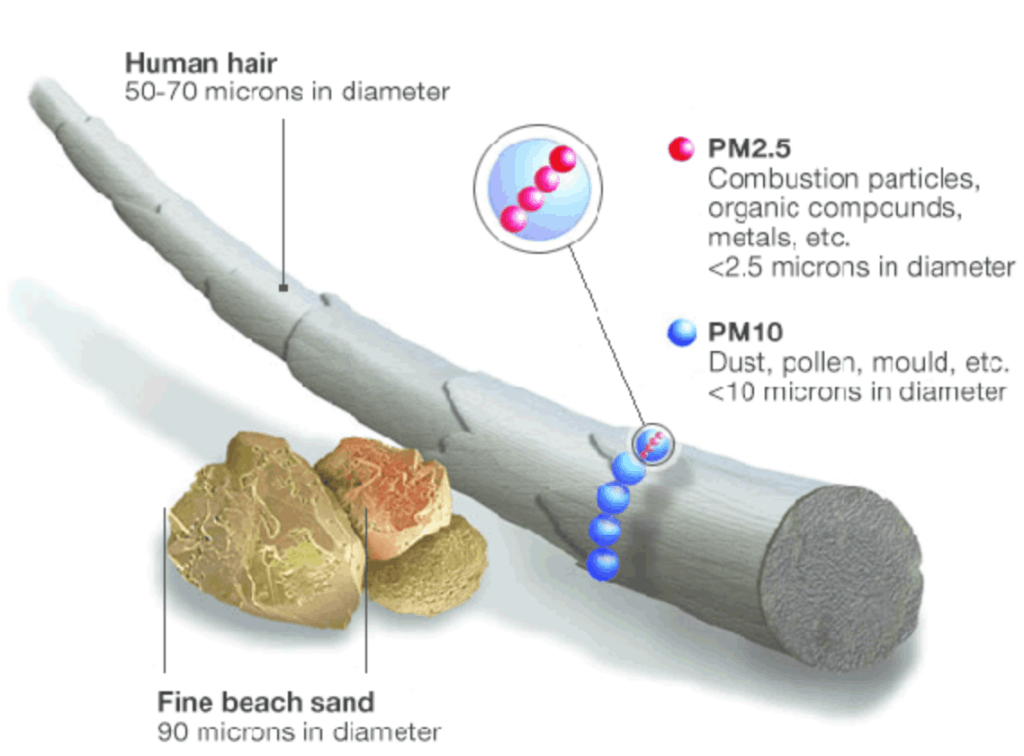WHO (World Health Organisation) limits for particulate matter will become law, according to Michael Gove.
Michael Gove has said the UK has failed to “live up to our obligations to improve air quality” in a recent speech. He further added that the government must be “pace setters and not laggards” in relation to air quality when it leaves the EU. Gove further explains that the governments Environmental Bill includes a legally binding agreement so no country exceeds the levels recommended by the WHO.

µg/m3 = The concentration of an air pollutant (eg. PM2.5) in micrograms (one-millionth of a gram) per cubic meter air or, as outlined in this article, µg/m3.
Currently, the WHO says a safer annual mean limit for PM2.5 is 10 μg/m3, whereas the EU recommends a level of more than double at 25μg/m3
The WHO believe lowering PM2.5 to this lower level could reduce deaths from pollution related by around 15%. The WHO are equally tough on PM10, where they recommend an annual level of just 20 μg/m3, whereas the EU has set a level of 40 µg/m3. For these tight new targets to become achievable much more work is needed, as currently many cities around the UK are already struggling to reach less ambitious EU pollution targets. According to Gove, local government lack the necessary power to help deliver these targets, and so there must be an improvement in the local authority framework to make sure this comes about. The up and coming Environmental Bill, which is expected in Spring 2020 is expected to give local councils increased powers to issues fines for idling vehicles – a key source of pollution, which can easily be managed.
The Cost of Pollution:
The cost of pollution in economic terms is huge. Lost work days, and the impact on the NHS due to pollution related illnesses is growing. The health and social care costs of air pollution in England could reach £5.3 billion by 2035 unless action is taken. Last year, the costs stood at £42.88 million.
PM2.5 and PM10:
PM2.5 relates to particles, which are less than 2.5 microns in size (About 3% of the width of a human hair). PM2.5 is particularly dangerous as these particles can easily pass deep into parts of the body larger particles can’t. PM2.5 includes combustion particles and particles found in organic compounds.
PM10 – relates to particles less than 10 microns, such as dust and pollen. As PM10 is not as small as PM2.5 it can’t penetrate as easily into the body as PM2.5.

Where does burning wood fit in with these new plans?
As we have mentioned with consistent regularity in recent months, the introduction of Ecodesign stoves is a huge move towards cleaner burning of wood. However, some of the media are still at times, incorrectly stating that “burning wood” / “using a stove” must be banned, as it contributes to pollution so much. The above illustration shows the clear differentiation between the outdated use of an open fire as a regular heating source, and the huge emission savings that are realised when using an Ecodesign stove.
Learn more about our Ecodesign stoves at https://www.charltonandjenrick.co.uk/products/stoves/








